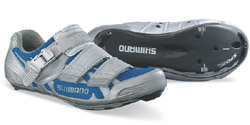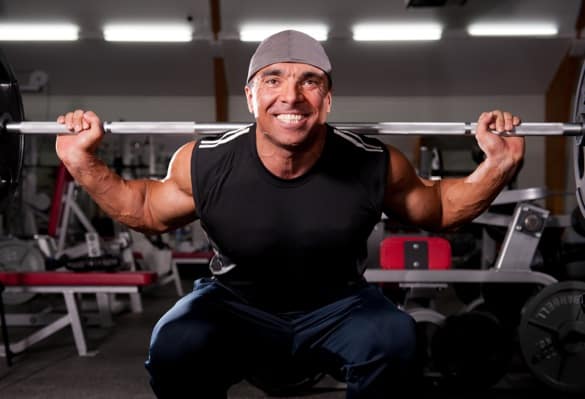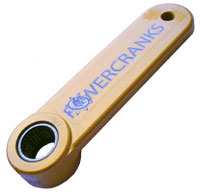Report about time trial aerodynamics
Your body position and the bike’s aerodynamics play a big role in time trials. A couple a years ago I read a comparing of different body positions and what influence it had on the finishing time in a 40k time trial. I am not sure, but I think I saw these results back in 1997, so this is not breaking news, rather nostalgic news.
Aerodynamics is important in time trials
An interesting question is how much time you can save by using expensive aero wheels, an aero frame or saving some pounds? There are probably more precise answers to these questions than this report calculates for you, but it gives you an idea of what difference these changes can give you.
One of the interesting findings is that slower riders will benefit more from a lighter bike than top riders will, while aero wheels and frames will give the biggest advantage to faster riders. This is probably because the aerodynamic drag requires a relative larger percentile of the workload at high speeds.
Optimized aerodynamics is better than weight savings
The conclusion for this report is that the biggest changes in aerodynamic drag and in cycling performance come from changes in body position. A more aerodynamic body position can improve your 40k time trial by over 6 minutes (that is really something!) The report also concludes that improving the bike’s aerodynamics is more important than weight savings. A pair of aero wheels can reduce you 40k time trial time with 1 or 2 minutes.
Read the report about cycling aerodynamics
Report about time trial aerodynamics Read More »



 It is very difficult to train the hamstrings and hip flexors on a regular bike. Basically we use most of our efforts to push the pedals down and never to pull the pedals up. Power Crank offers a different way to train for a better upstroke pedalling power. The pedal arms on the crank work independently of each other, which forces you to work much harder in the upstroke pedalling phase. Now you are forced to make an active upstroke to keep pedalling. That should make you stronger and more efficient. I can not recommend the Power Crank yet, because I have never tried it and neither have the riders I work with. But hopefully I will try it in the future.
It is very difficult to train the hamstrings and hip flexors on a regular bike. Basically we use most of our efforts to push the pedals down and never to pull the pedals up. Power Crank offers a different way to train for a better upstroke pedalling power. The pedal arms on the crank work independently of each other, which forces you to work much harder in the upstroke pedalling phase. Now you are forced to make an active upstroke to keep pedalling. That should make you stronger and more efficient. I can not recommend the Power Crank yet, because I have never tried it and neither have the riders I work with. But hopefully I will try it in the future.